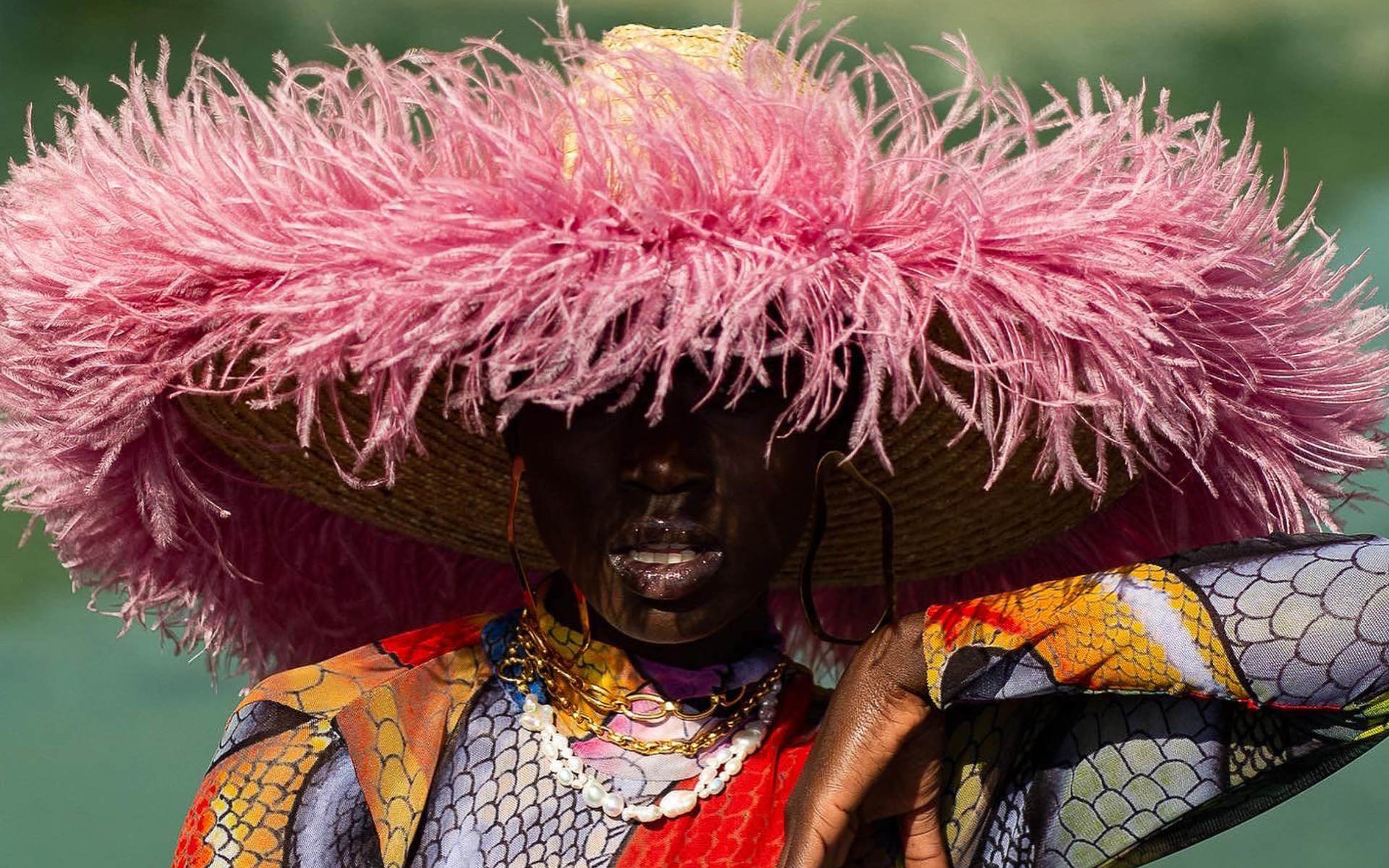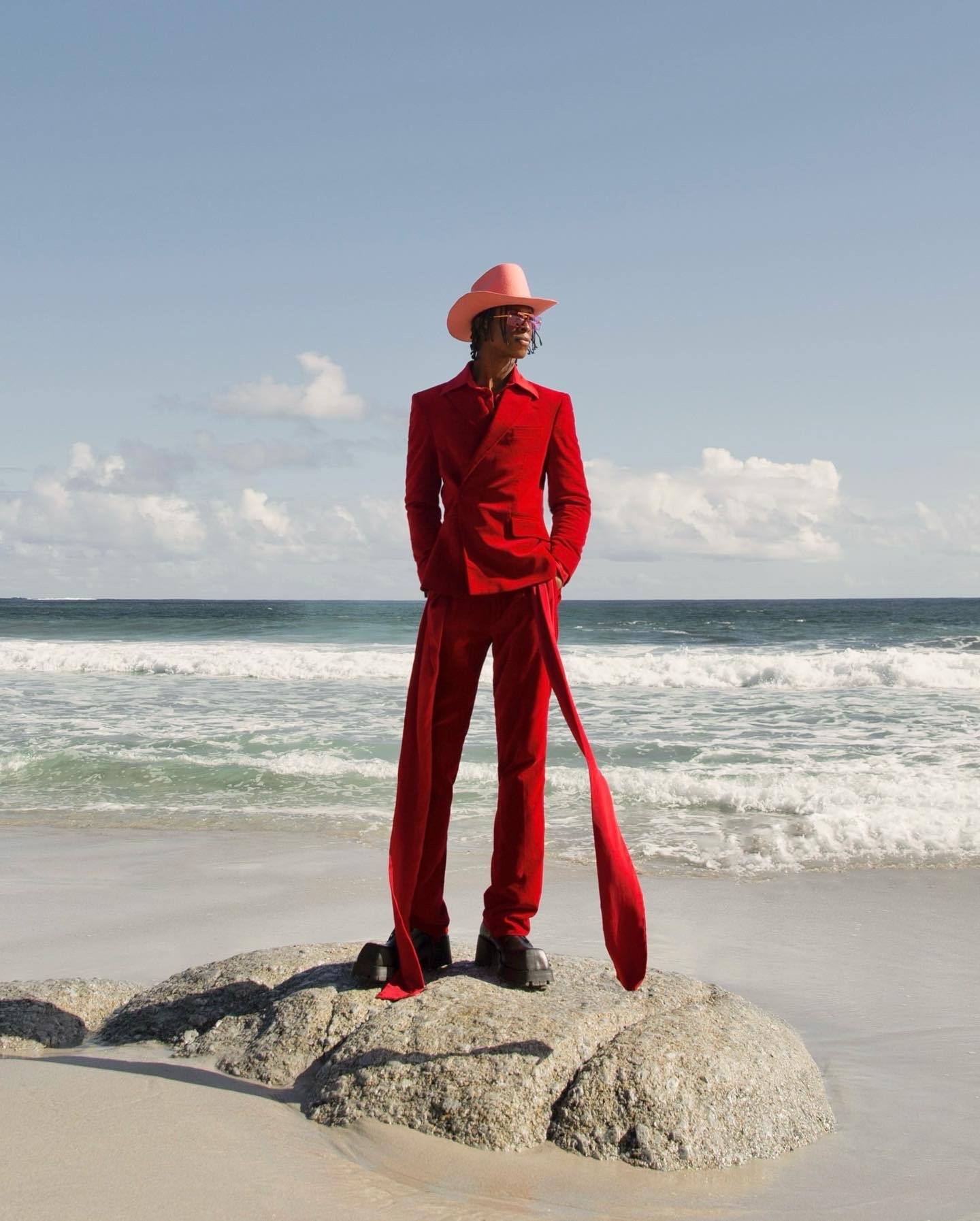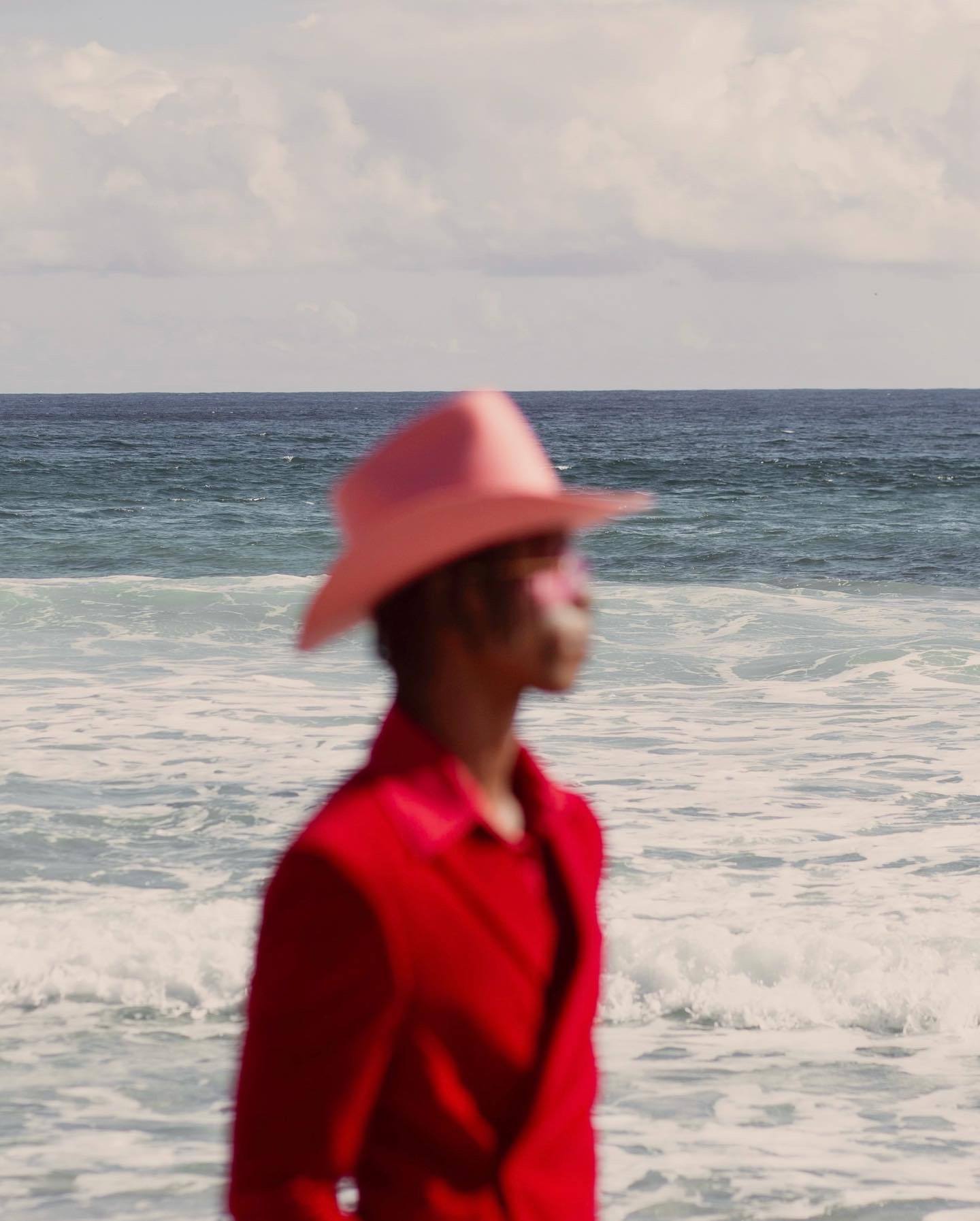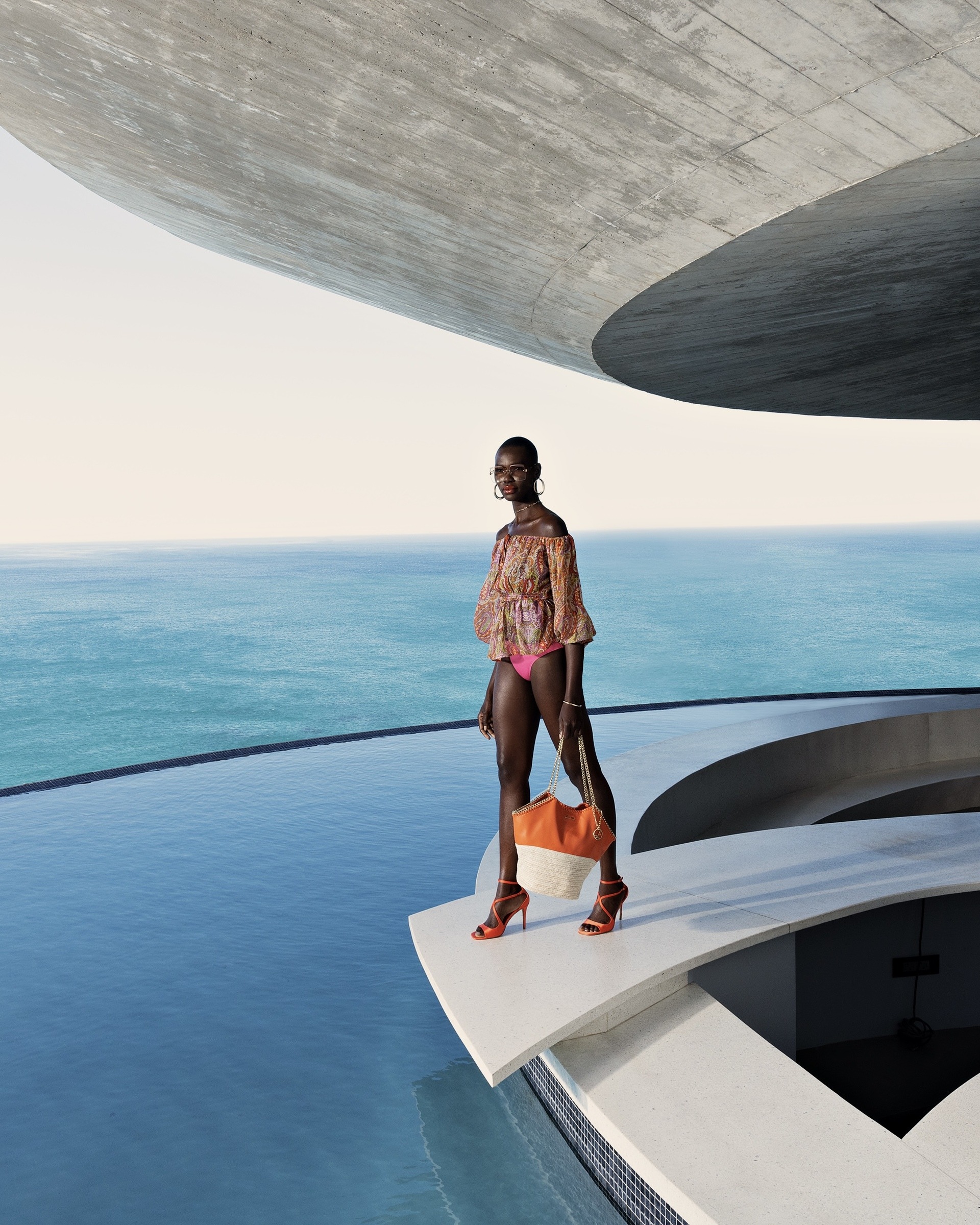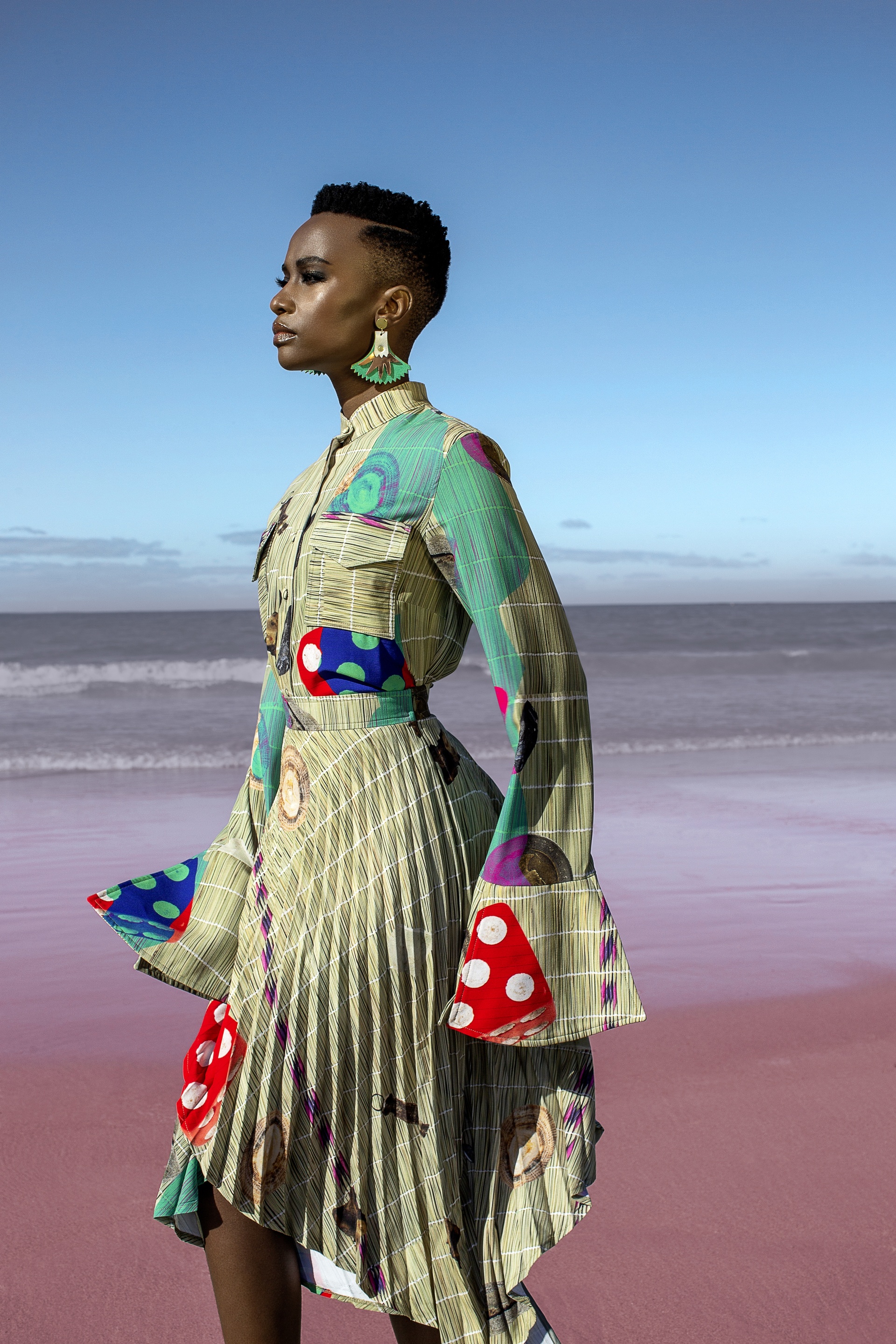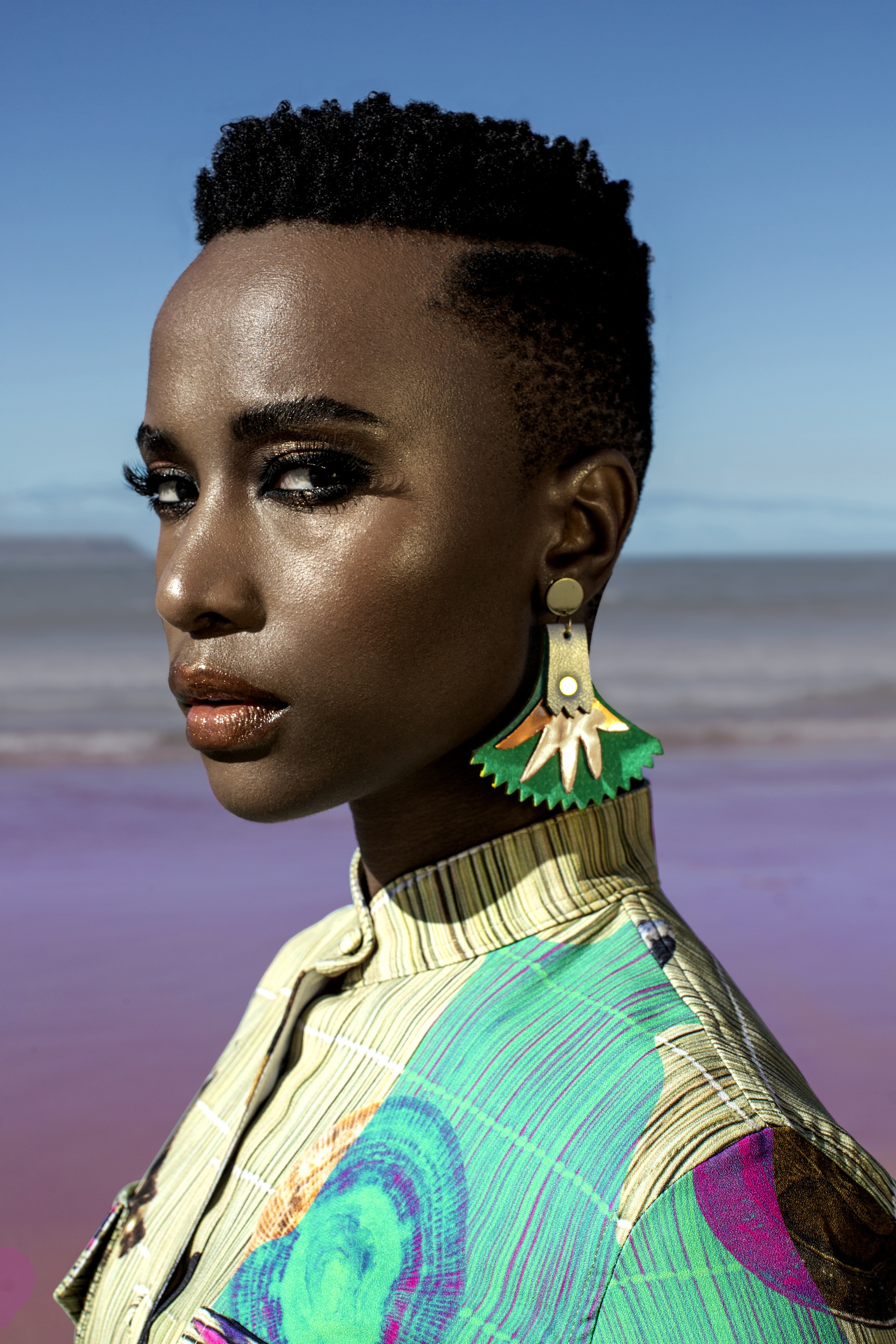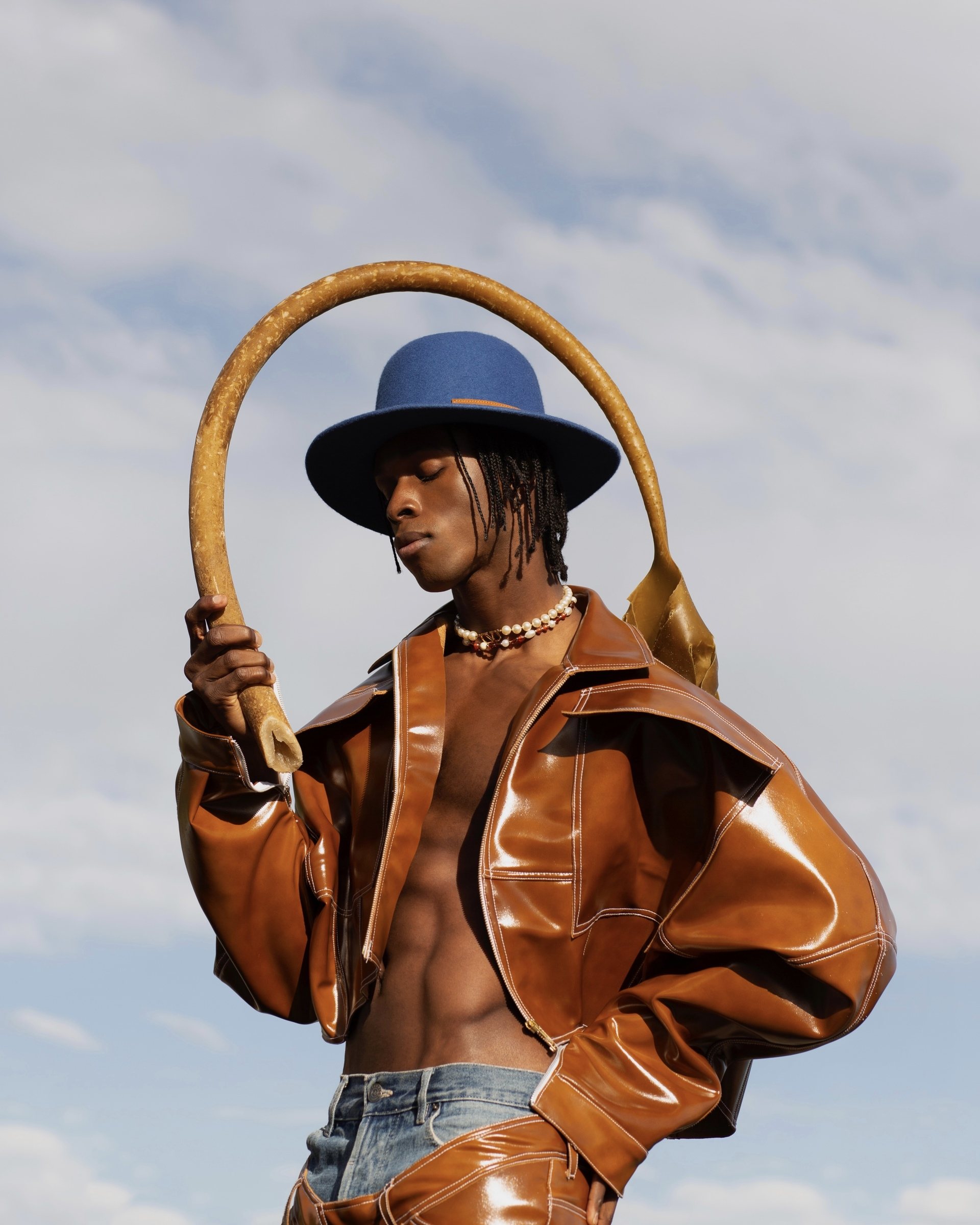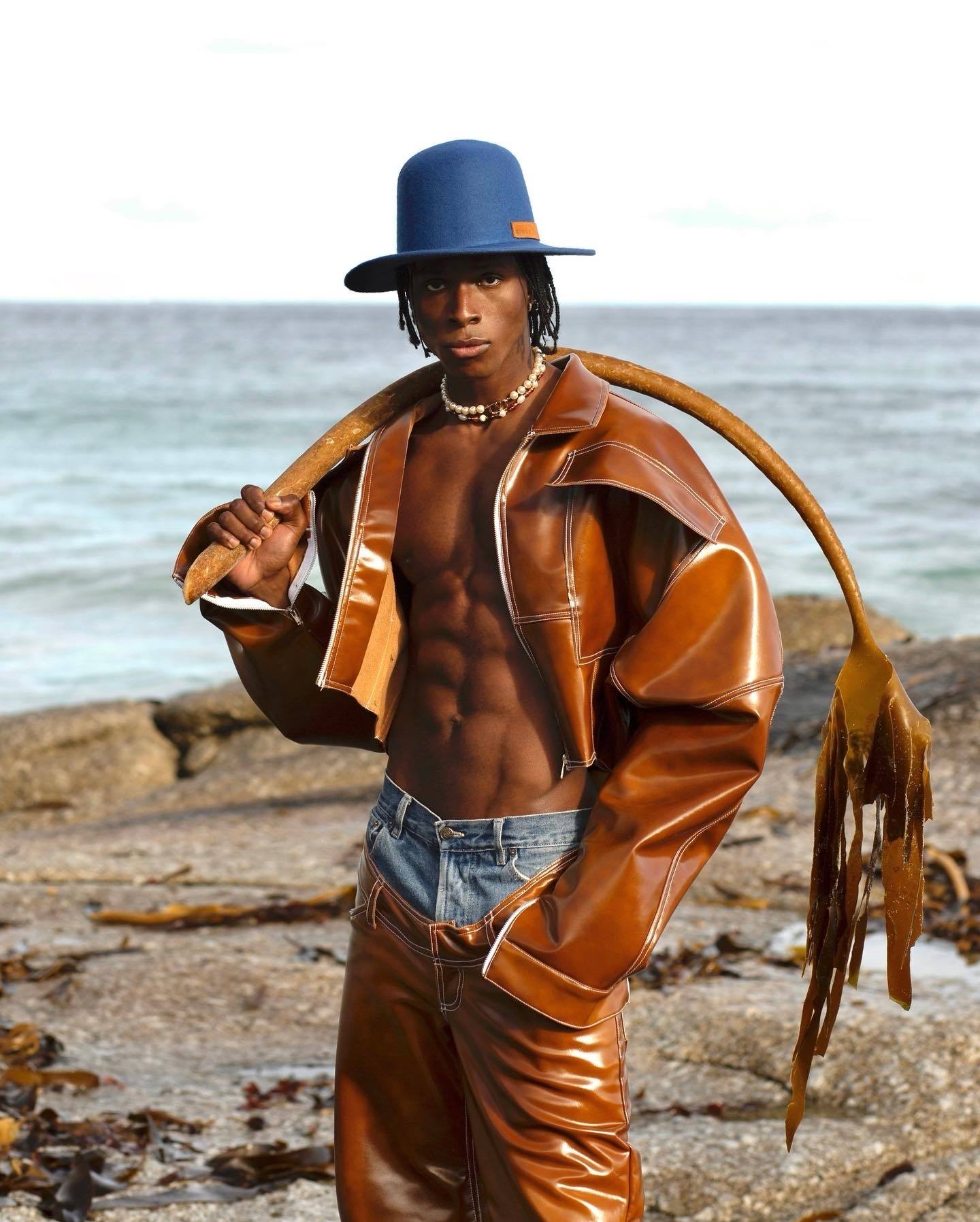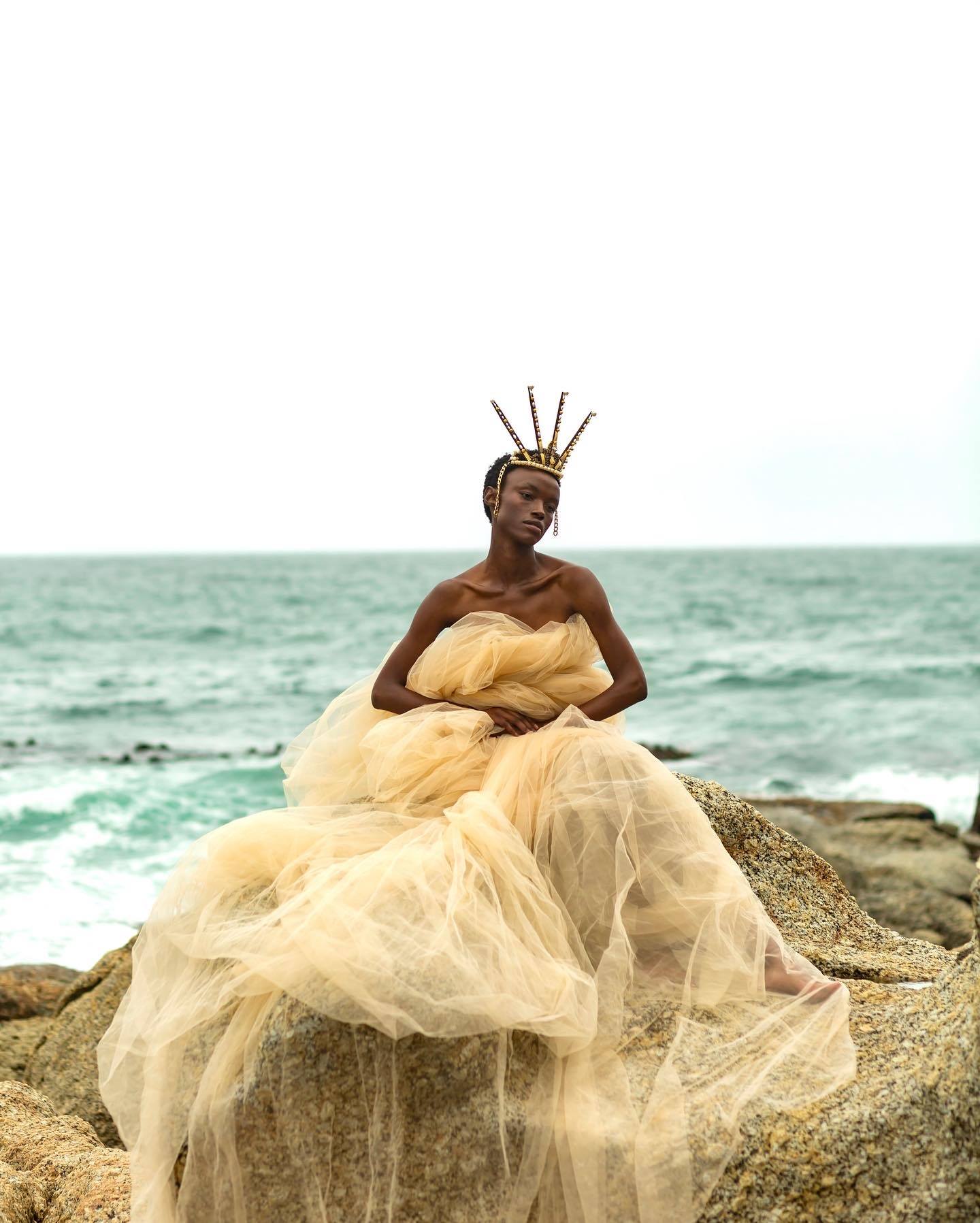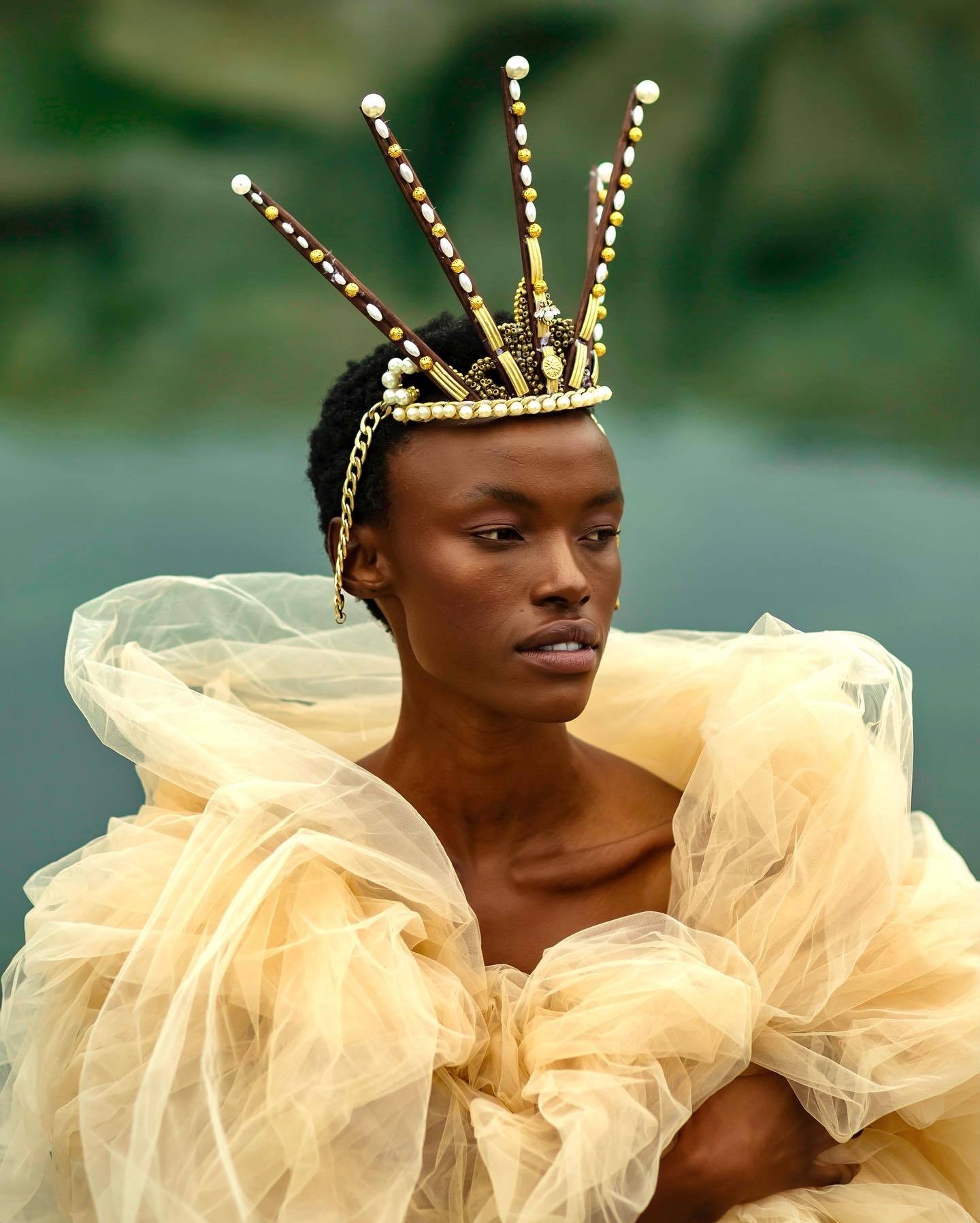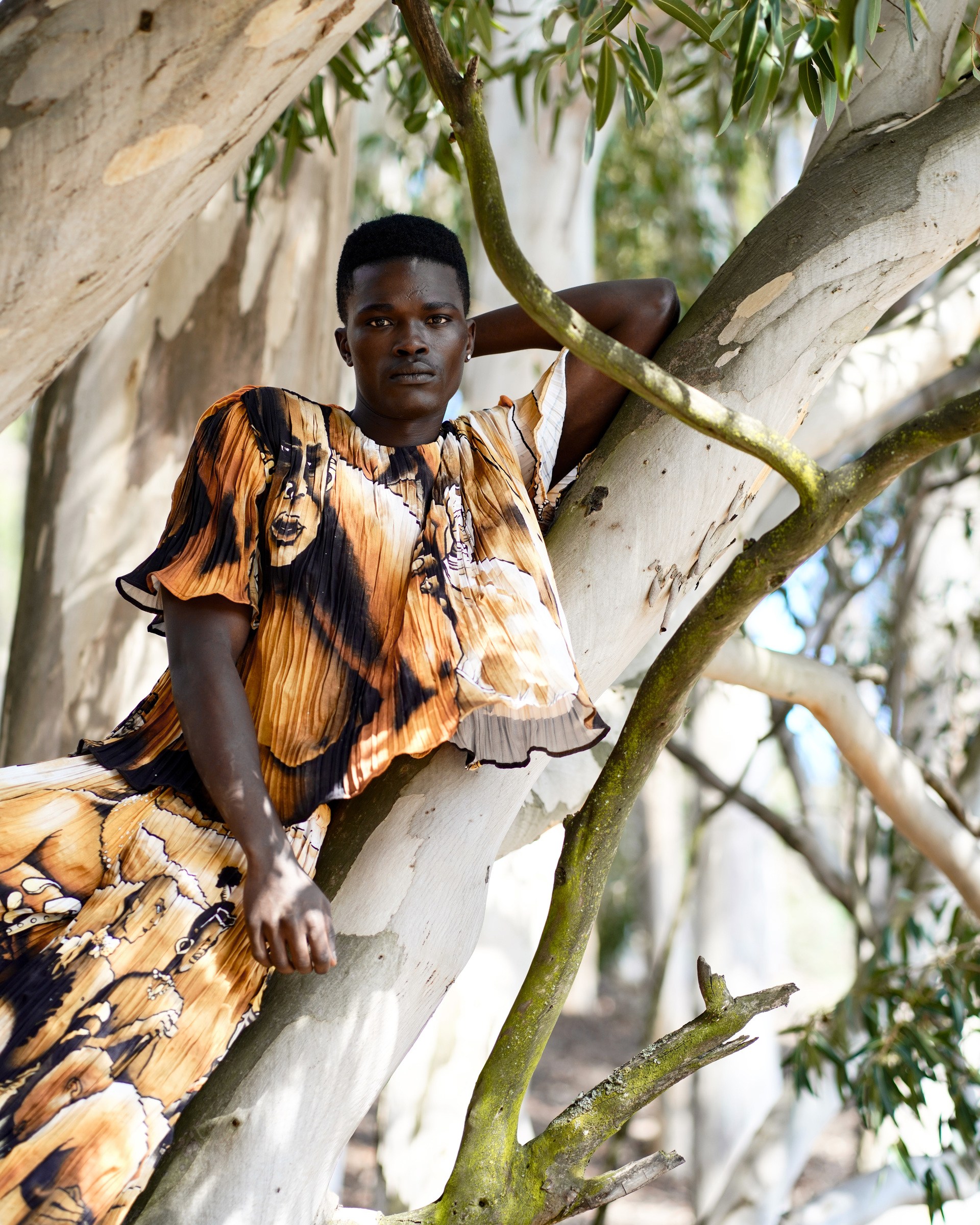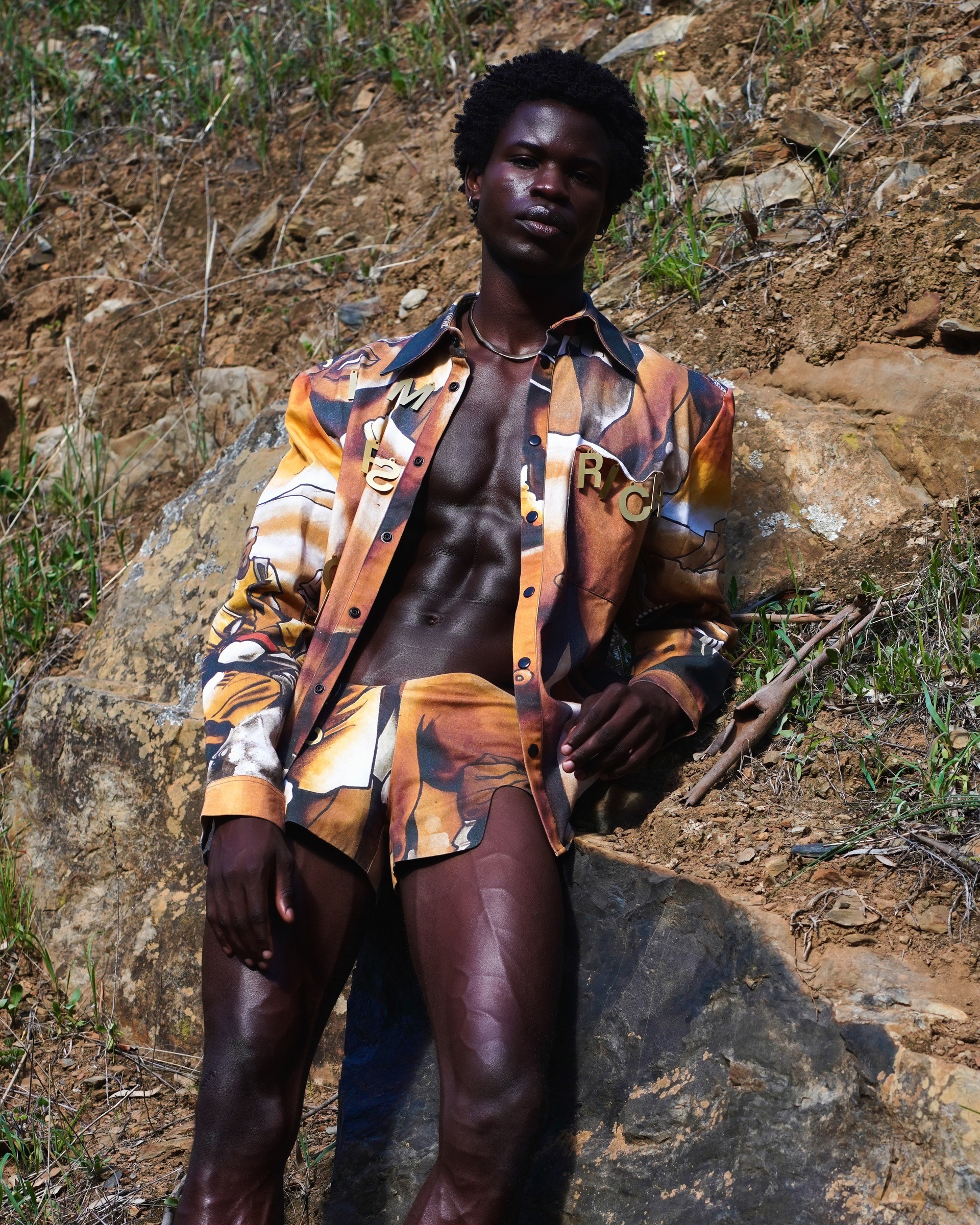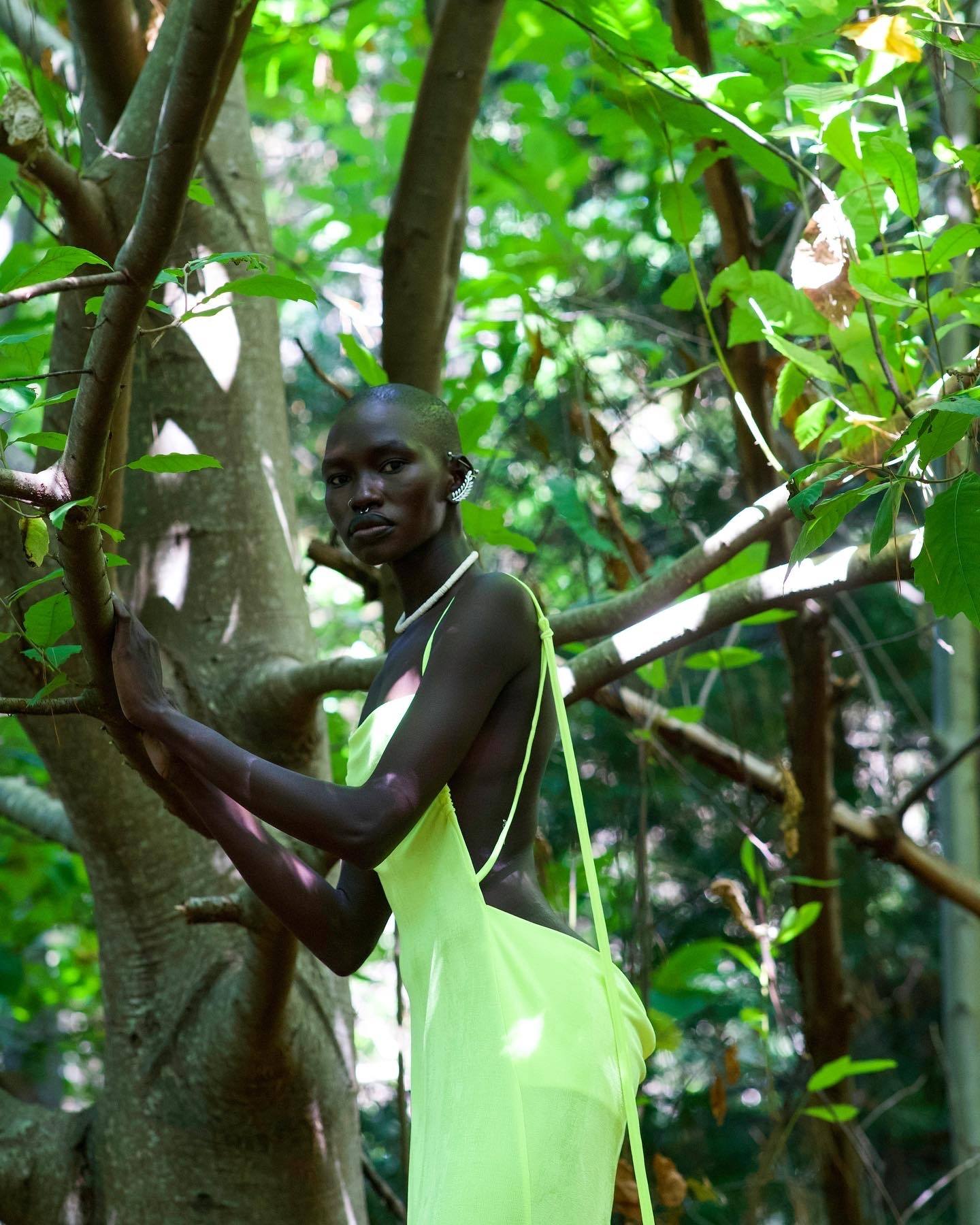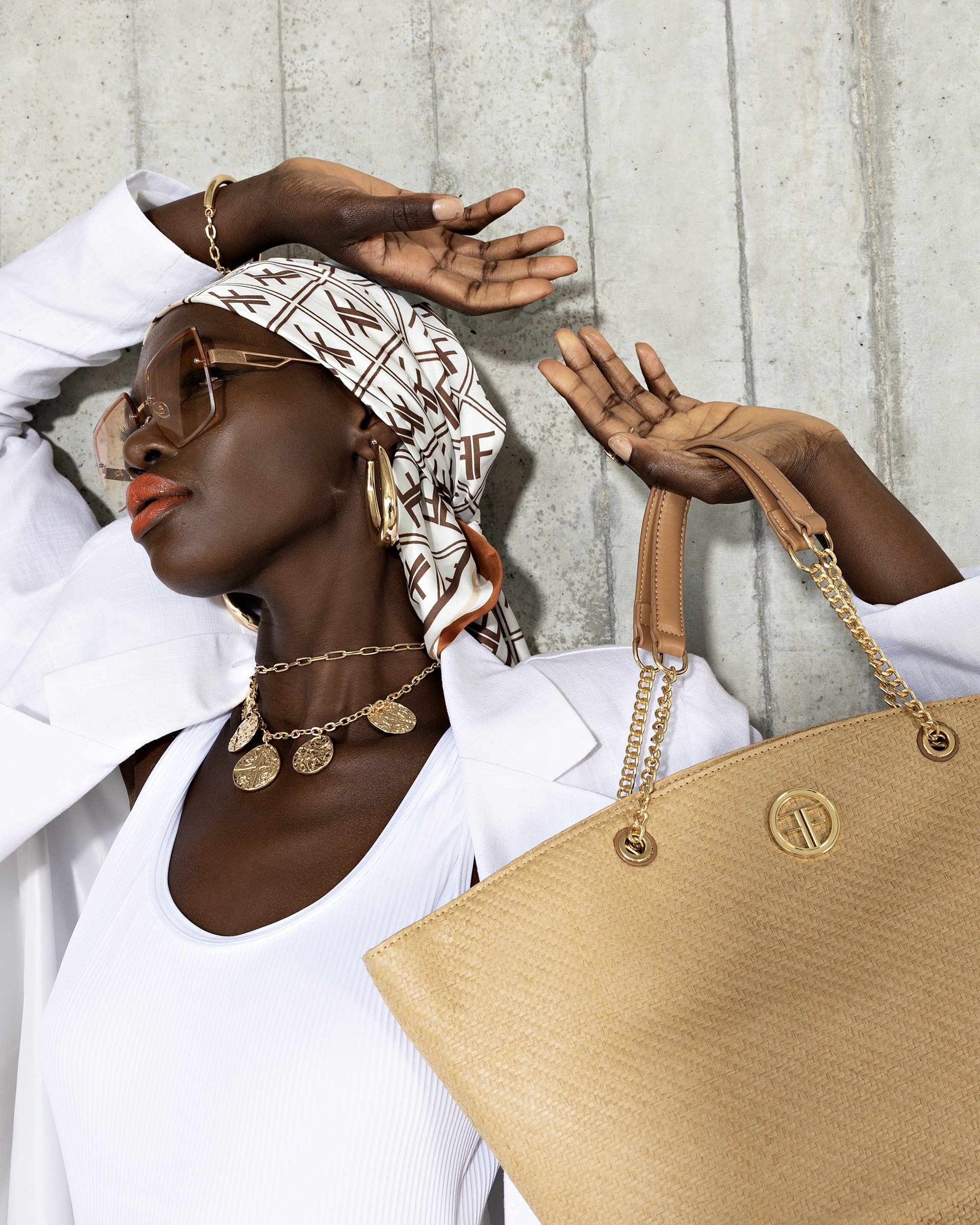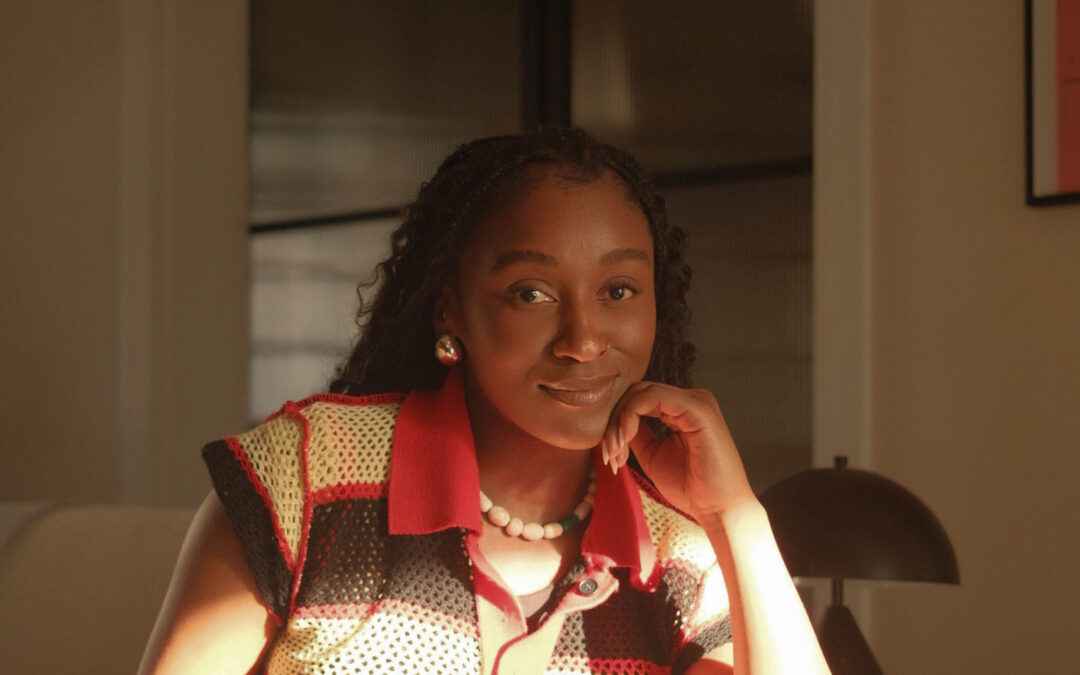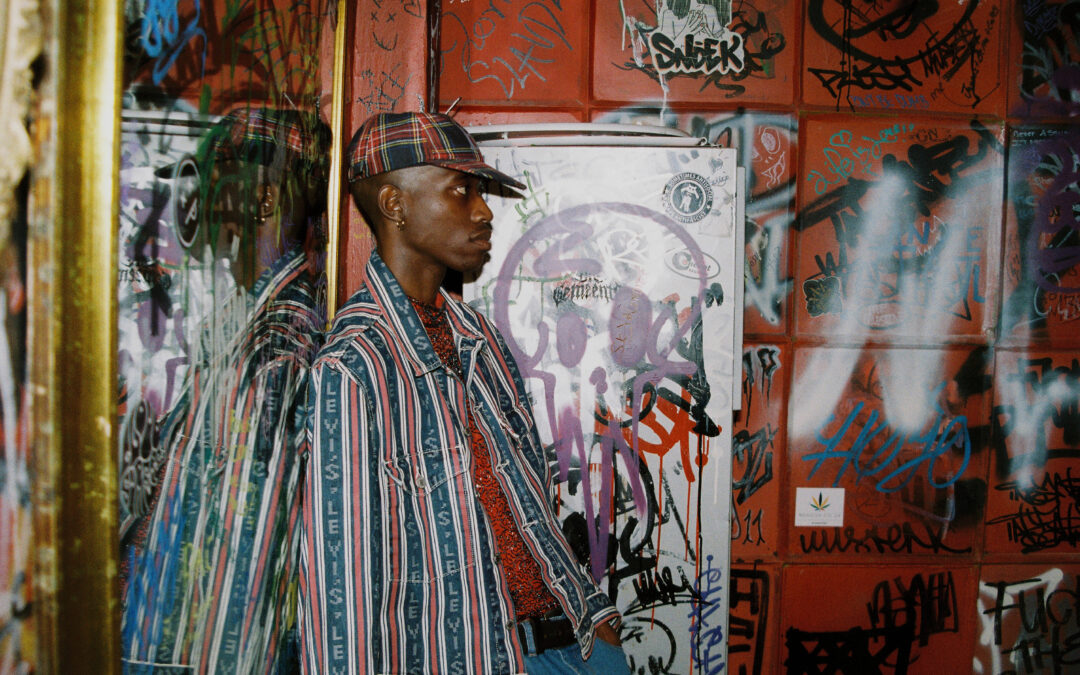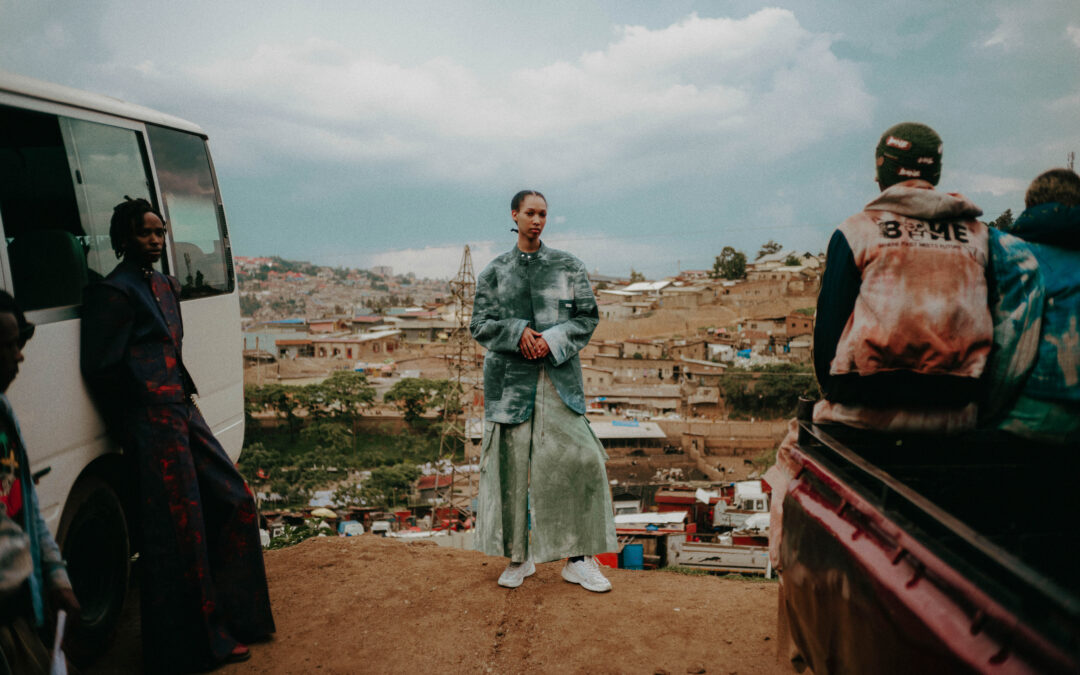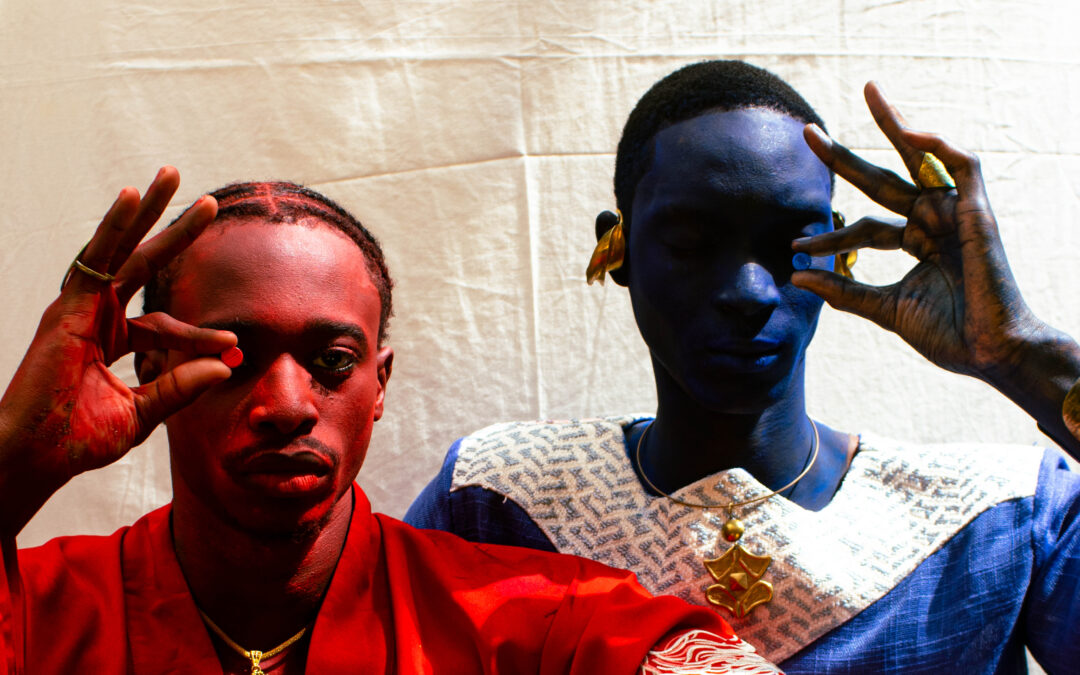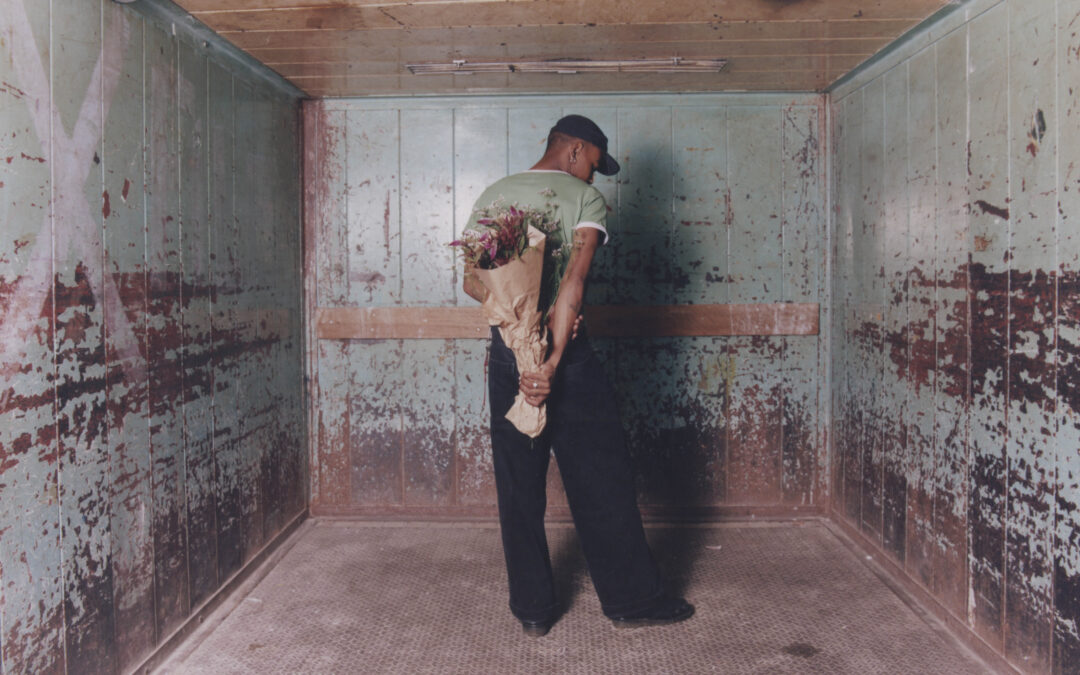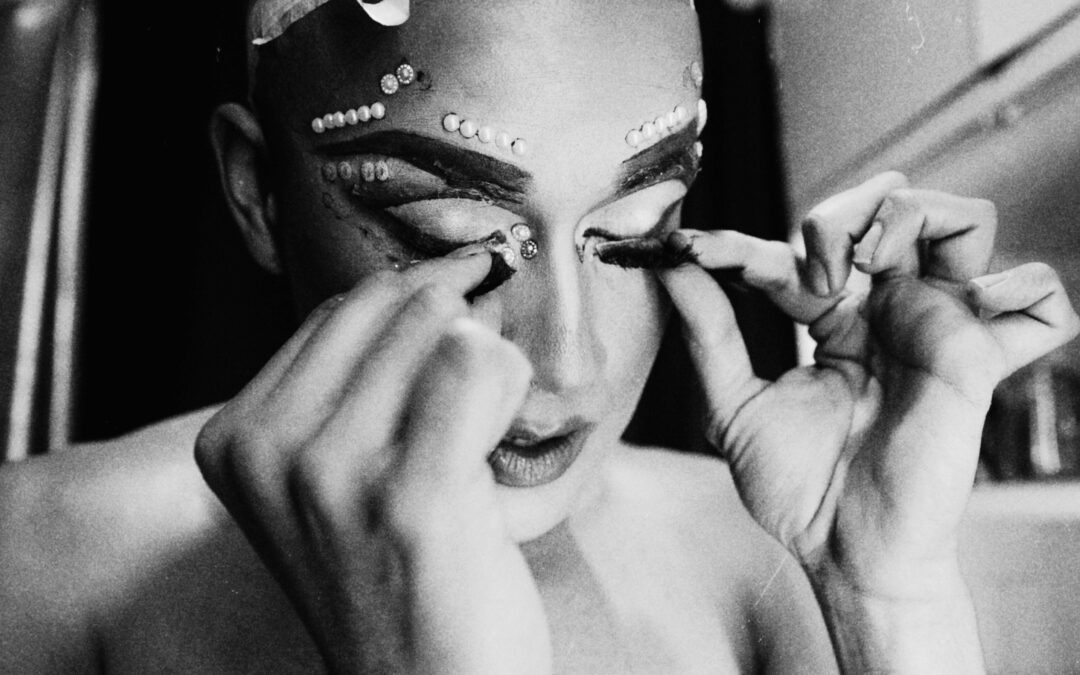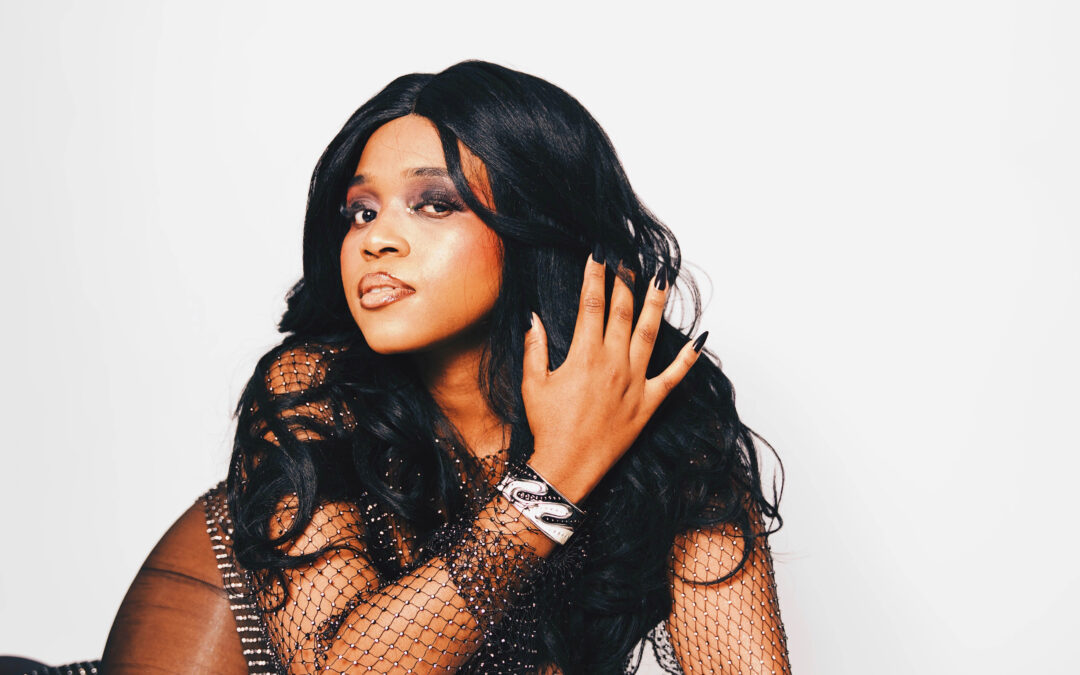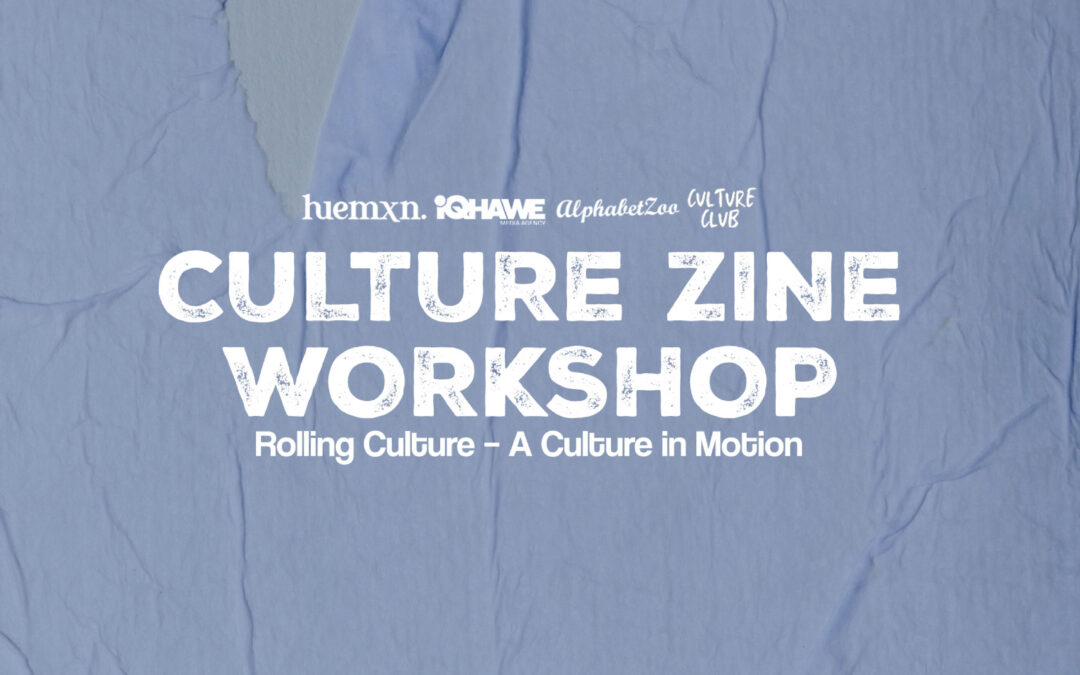Photography is an immortalising artistic technique. It suggests the utmost curiosity in the world around us and for photographer Kitso Kgori, this curiosity is underpinned by her ability to capture a vivid tapestry of emotions and stories, leading her to become one of the most exciting photographers in South Africa. With her 15k followers and counting (although we are not ones to measure IG metrics for success), it’s incredible to imagine that Kitso has only been photographing professionally since COVID. Behind some of the most stunning fashion and beauty photography on the continent, Kitso’s lens becomes a portal into diverse worlds, celebrating the essence and strength of women and exemplifies the kind of elevated vision for African photography by African photographers.
For Kitso, creativity has been a sensory stimuli for her from her youngest years. Reminiscing, Kitso explains that “my mom always had art on the wall while I was growing up. She’d go to Cuba a lot, and she’d bring back art with the most vibrant colours and scenes. I started imitating that with crayons and eventually it became my favourite subject. I got a distinction for fine art in matric. When I left school, I had a choice between fine art and architecture. I did five years of architecture at CPUT, but in the last year, I couldn’t envision myself as a practising architect.” With architecture and photography, the similarity is the interaction between light, shadow and space. While some may be derailed by finding themselves disinterested in their graduating degree in its final year, Kitso explains that her pivot to photography was actually a natural extension of her studies, saying “I had already started taking photographs at that point. I’ve always been interested in looking at and capturing how different materials are composed and how they interact with each other. So, I took the plunge to do photography as a pathway. It’s funny, because I don’t think I would have gotten into photography without studying architecture. The process of studying it really developed my eye for detail and taught me how to really look at something, and understand it.”
Kitso follows in the footsteps of some incredible creatives who studied architecture, only to expand their creative expression across many fields. I think of trained architects like the later Virgil Abloh, or Zaha Hadid. I ask Kitso why she chose photography, “the reality of architecture is not as glamorous as it might seem. Already, it’s a male-dominated field so as a woman, it’s very hard. Then, as a Black woman, it’s even tougher. I remember doing construction site visits as part of my degree and really not being taken seriously at all. When it became apparent that I could photograph professionally and have so much fun, it was obvious that it was my preferred calling. In terms of creative thinking and processes, I think architecture is an amazing thing to study.”
As a Black female photographer, Kitso’s natural inclination to express Black women in many of her works is of incredible importance to the growing visual lore of African fashion and beauty. This focus is a critical one, with photography still being a male-dominated and white centric space. As Kitso says, “I was raised by a single, Black mother. I want to capture women in their most powerful and regal expression. In beauty, I didn’t want to show struggle. I think we have enough portraiture and documentation of struggle and strife especially around Black women. In the way that my mom and I transformed our ‘sad’ story into something really powerful, I aim to do the same in my work by capturing the beauty of Black women. My work is not political at all. My focus is the beauty of the subject at hand.” While her work is not political, Kitso’s commitment to express the beauty of Blackness is both effortless and a response to the world, as she says “growing up, we only ever saw white women being photographed, especially in the beauty space. I love capturing different women, from different countries, cultures and complexions. That is true beauty to me.”
I ask Kitso whether architecture still lingers as in her creative mind’s eye, “I am always trying to place architectural elements into my composition, except with human beings as my subject. I refused to shoot anything building-related after I graduated, but now I can feel myself being drawn to shooting spaces and interiors. I want to fuse fashion and architecture together as my predominant focus. My trauma’s a bit more healed from architecture!” For Kitso, her vision of architectural or interior photography would heed the same energy as her fashion and beauty images. That is, to hold the richness of colour in them, “I don’t want to do anything minimalist or beige. I love bold colours and I think no matter what I shoot, there will always be a focus on that.” Combined with her architectural background, Kitso studied for six months at Orms, saying “it’s such a good school. Even though it was a short course, I think it’s testament to finding your passion and loving it so much that you’re willing to learn in different ways.”
On a continent with 54 countries and a vast web of cultures and creative expression, I am curious to know what Kitso feels about ‘African expression’ today, in light of the focus on Africa in the world – to which Kitso says “I still feel like we have a lot of constraints. I think we are still experiencing a huge gap regarding western portrayals of Africa. I get the sense that we are seeing a lot of artists and creatives being the outward successes, but that there’s still people running things behind the scenes. We have a long way to go for fair expression that is in full control by African artists.” This is a lucid point and speaks to Kitso’s nuanced approach in her work – the task of expressing the truth of things in her. The truth of beauty, most especially. Lastly, Kitso describes her vision for the future of creativity on the continent, “I want to see more Black women in photography. I want to see more women in general on sets and I’ve been part of a few women-only sets – that’s just so incredible and so much fun. I think we need women in so many more creative roles, succeeding and making beautiful work that stands the test of time.”
Written by: Holly Beaton

